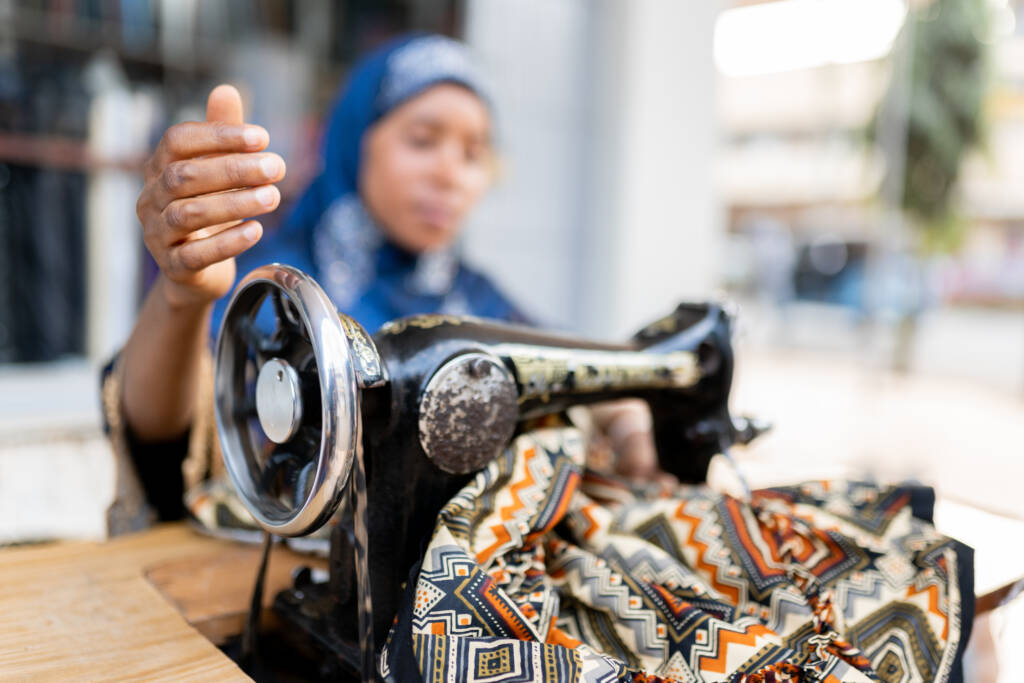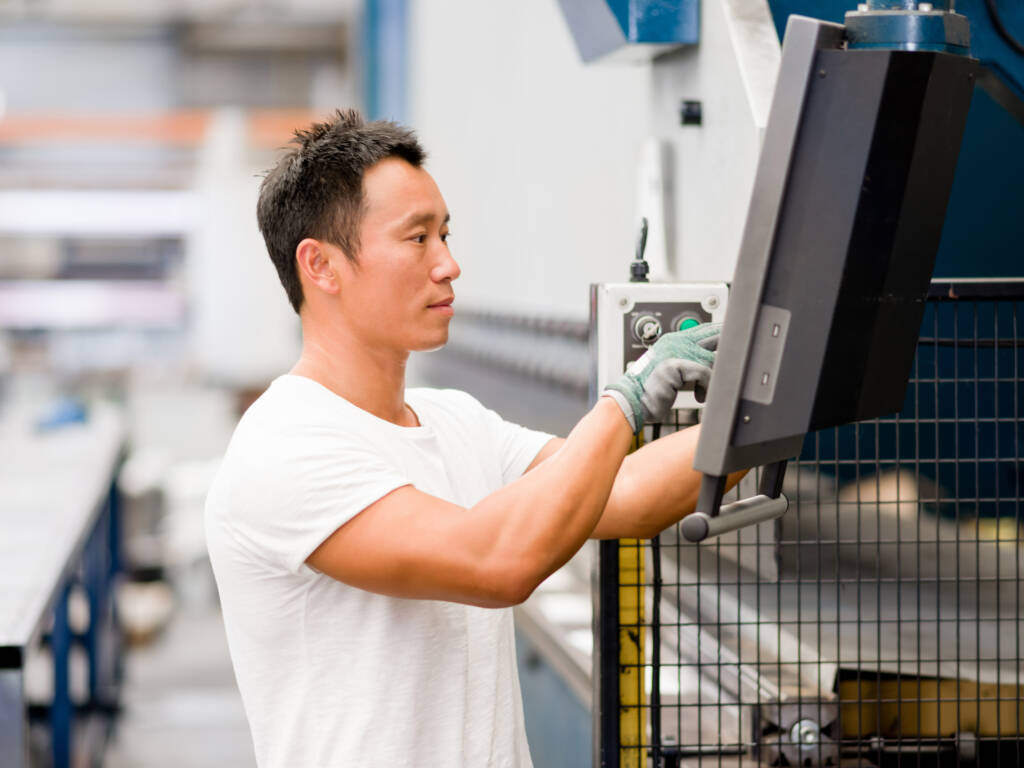The global apparel industry stands at a critical juncture. Once defined by cost arbitrage and mass production, it is now shaped by sustainability mandates, shifting trade routes, and the technological reinvention of supply chains. In this transformation, Pacific manufacturing hubs—from Bangladesh and Vietnam to Indonesia, India, and the Philippines—have become pivotal actors.
The Pacific region has evolved from a “low-cost alternative” to the engine room of global apparel. It supplies much of the world’s cotton garments, fast-fashion staples, and increasingly, sustainable textiles for conscious consumers. For conglomerates and family offices like Neyius, the Pacific is not just a geography but a strategic cornerstone—a site where patient capital, disciplined governance, and intergenerational foresight converge.
This article explores how Pacific hubs are shaping the future of apparel, the challenges they face, and the opportunities ahead for family-office-backed enterprises that balance efficiency with stewardship.
The Rise of Pacific Manufacturing
Historical Context
- 1970s–1990s: Apparel manufacturing migrated from Europe and North America to Asia, driven by cost efficiencies.
- 2000s: China emerged as the undisputed leader, controlling more than 35% of global apparel exports.
- 2010s: Rising wages and trade frictions prompted a “China Plus One” strategy, accelerating investment into Pacific hubs like Bangladesh, Vietnam, and Indonesia.
- 2020s: Supply chain disruptions, ESG pressures, and digital integration further solidified the Pacific’s role as a diversified, resilient manufacturing zone.
Why the Pacific?
Scale and adaptability – large factories capable of both fast-fashion and higher-end production.
Labor availability – millions of workers trained in garment assembly.
Cost competitiveness – wages remain below those in China while infrastructure improves.
Trade access – FTAs with Europe, North America, and intra-Asian markets.


Economic Significance
- Bangladesh: Apparel accounts for 80% of exports, employing over 4 million workers.
- Vietnam: Second-largest garment exporter globally, with a reputation for quality and reliability.
- Indonesia: Growing domestic demand complements export capacity.
- India: A unique hybrid—both a supplier of textiles (cotton, yarn) and finished garments.
- The Philippines: Specialized in niche apparel (athleisure, uniforms, denim).
Collectively, Pacific hubs represent the fastest-growing apparel manufacturing region in the world, serving brands from Zara and H&M to luxury houses outsourcing premium lines.
Challenges Facing Pacific Hubs
1. Labor Standards and Compliance
The Rana Plaza collapse (2013) highlighted unsafe working conditions in Bangladesh. Since then, reforms have improved oversight, but concerns remain:
- Worker safety and unionization.
- Living wages versus competitive wage suppression.
- Enforcement of ILO conventions.
For investors and family offices, labor compliance is both a legal necessity and a reputational safeguard.
2. Environmental Sustainability
Pacific manufacturing faces scrutiny over:
- Water-intensive dyeing processes.
- Chemical runoff into rivers.
- High carbon emissions from coal-reliant energy grids.
Regulatory regimes in Europe and North America increasingly demand traceable, sustainable supply chains, placing pressure on exporters.
3. Infrastructure Gaps
Port congestion, energy reliability, and limited logistics infrastructure constrain efficiency. While Vietnam has made strides, countries like Bangladesh still contend with bottlenecks that affect lead times.
4. Overdependence on Apparel
Several Pacific economies rely heavily on garments for foreign exchange. Diversification is limited, making them vulnerable to demand shocks such as during the COVID-19 pandemic.
Opportunities Ahead
1. Vertical Integration
Hubs that move beyond assembly to own spinning mills, dye houses, and logistics enjoy better margins and resilience. India, with its integrated textile base, demonstrates this model.
For conglomerates like Neyius Textiles, vertical integration provides supply security, quality control, and ESG compliance—a competitive differentiator in global markets.
2. Digital Transformation
Pacific hubs are embracing:
- 3D sampling to cut waste.
- AI forecasting for demand planning.
- Blockchain for end-to-end supply chain traceability.
These tools reduce inefficiency and align with Western buyers’ compliance requirements.
3. Sustainability as a Value Proposition
Factories investing in renewable energy, closed-loop water systems, and recycled fibers are positioning themselves as leaders. This aligns with consumer demand: 73% of global buyers (Nielsen, 2024) now prioritize sustainable apparel.
4. Regional Diversification
As Western companies reduce reliance on China, Pacific hubs are natural beneficiaries. The region’s geographic spread allows risk balancing across multiple jurisdictions.

The Pacific is no longer a peripheral option in the apparel supply chain—it is the epicenter of global garment production. Its hubs combine scale, adaptability, and cost efficiency with an emerging commitment to sustainability and digital transformation.
The challenges are significant: labor rights, environmental concerns, and infrastructure gaps cannot be ignored. Yet the opportunities are greater: vertical integration, traceable supply chains, and ESG-driven production models will define the future of apparel.
For conglomerates like Neyius, the Pacific is not merely a supplier base but a strategic frontier for stewardship, investment, and generational impact. By approaching these hubs with discipline, responsibility, and vision, family offices can shape not only the future of apparel but also the future of sustainable global commerce.



